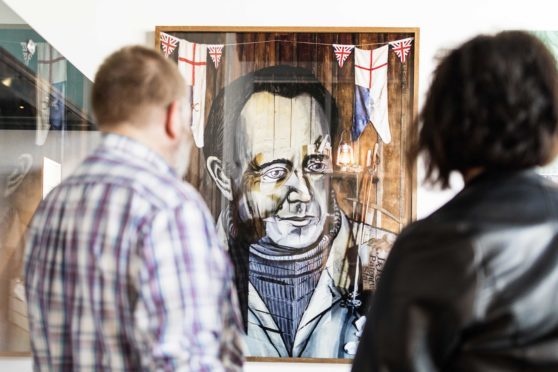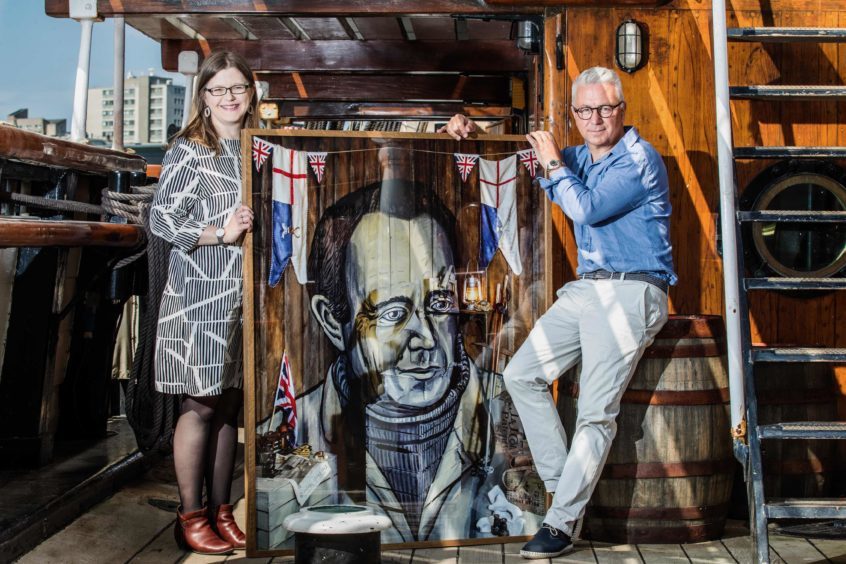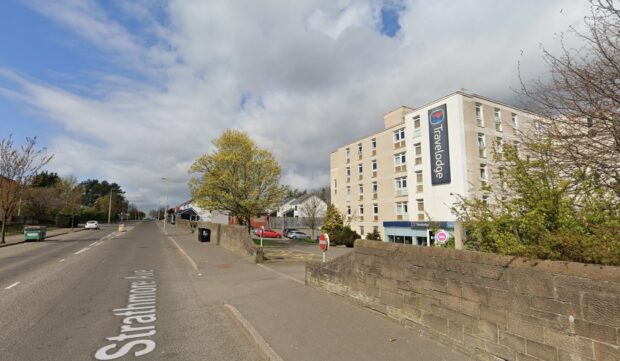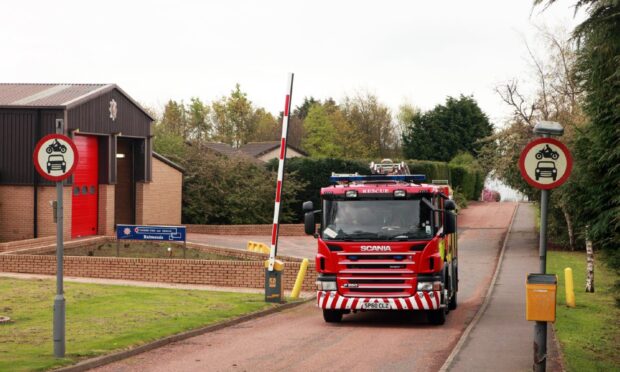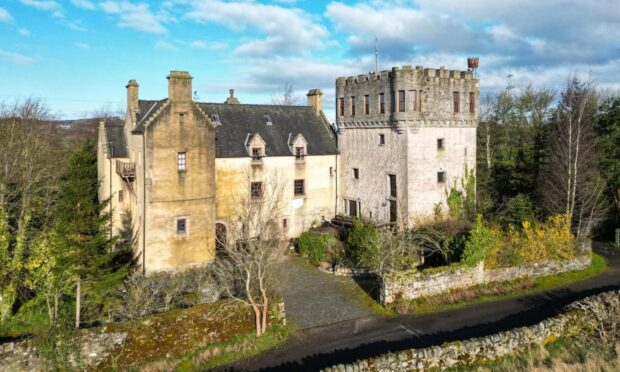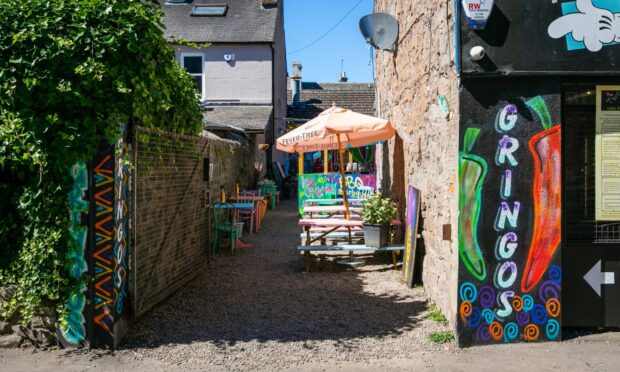A portrait of world famous Antarctic explorer Captain Scott by renowned Scottish artist Calum Colvin has been unveiled at Discovery Point in Dundee.
Colvin’s vibrant depiction of Scott features the explorer painted onto the interior of his base camp cabin, where all the equipment needed for a polar expedition can be seen.
It marks 150 years since the birth of Captain Scott, who went on to lead two landmark expeditions to the Antarctic regions in the early 1900s and is celebrated at Dundee’s Discovery Point museum.
There is another strong city connection to the painting as Colvin is currently head of contemporary art practice at Duncan of Jordanstone College of Art and Design at Dundee University.
It is one of two works by Colvin donated permanently to Dundee Heritage Trust by the Scott and Amundsen Art Syndicate. The second features Norwegian polar explorer, Roald Amundsen and will be exhibited later in the year.
Gill Poulter, heritage and exhibitions director at Dundee Heritage Trust said: “We are extremely pleased to be able to accept these two substantial and stunning artworks into the museum collections, a Recognised Collection of National Significance.
“The portrait of Captain Scott will go on display first, very fitting in the run-up to the 150th anniversary of his birthday on June 6.
“It has been a pleasure to work with Calum on this project and our grateful thanks go to the syndicate for making it possible.”
Captain Scott’s portrait has taken pride of place in Discovery Point’s Inspiration Gallery alongside objects relating to Scott’s Terra Nova expedition as well as items connected to contemporary space exploration.
The Inspiration Gallery is a newly created space at Discovery Point, part of a half a million pound enhancement project to the popular visitor attraction earlier this year.
The Scott and Amundsen Art Syndicate first approached Colvin to suggest a series of portraits of polar explorers.
Malcolm Good, a member of the syndicate, said: “We are delighted that Discovery Point has accepted the portraits into their collection as we believe there is no better place for them to be displayed than one where Antarctic exploration is celebrated alongside such an iconic ship.
“We hope that the portraits enhance those narratives of exploration, nationality, and human endeavour which RRS Discovery and the museum so ably portray.”
